The last weekend in October I attended the Women Writing the West conference in Walla Walla, Washington. It was an amazing weekend that filled my creative cup. I met some incredibly talented women who happen to be writers, ranchers, award winners, cowboy poetry readers and many, many other things. I had so much information and inspiration poured into my head I’m still trying to process it all. The one session I knew right away I had to share with you is a talk given by talented saddle maker Hank Moss, who works at Hamley & Co. the world-famous Saddle shop in Pendleton, Oregon.
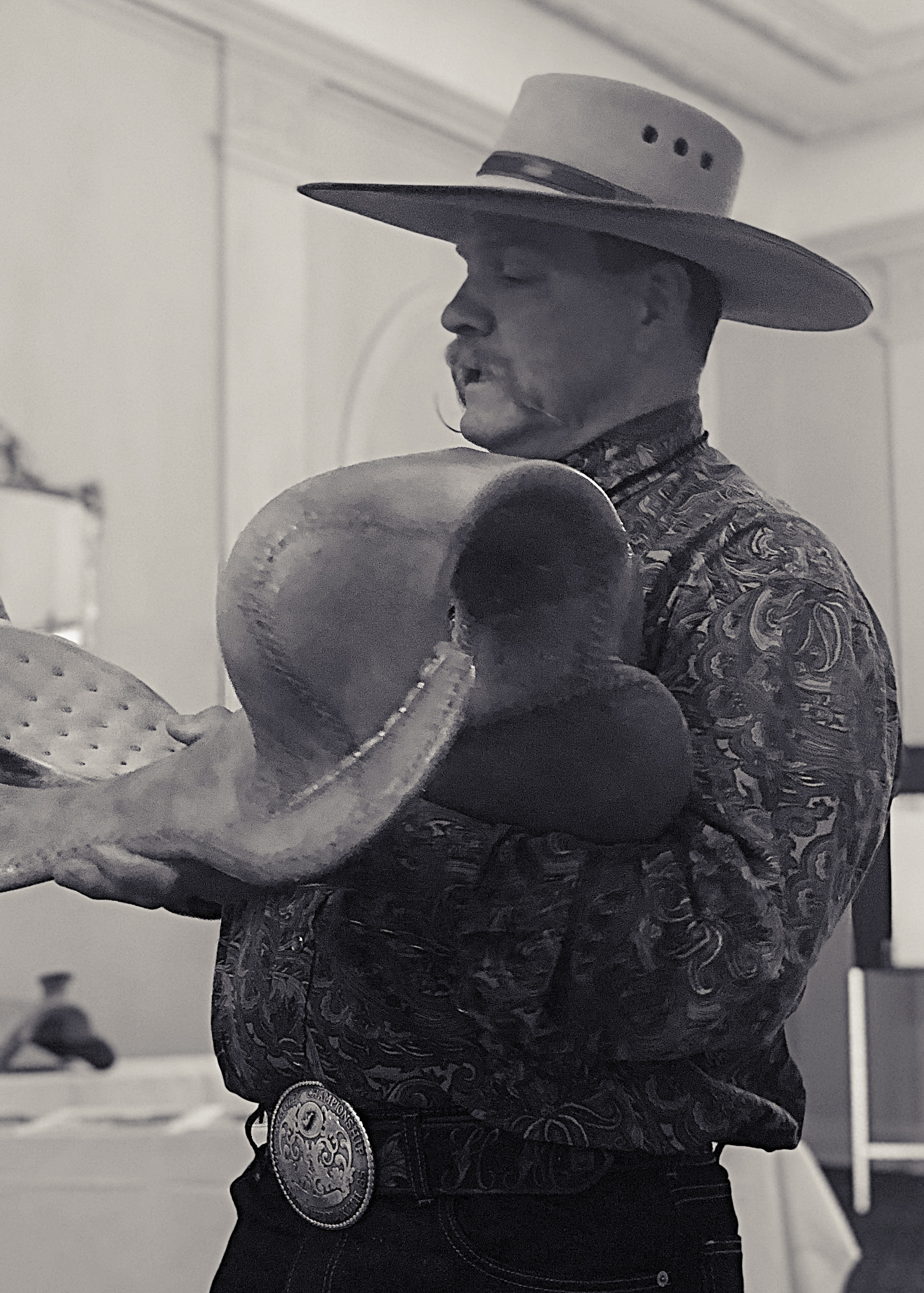
Besides our horses, I would say our saddles are one of the most important components of our riding. Unless you’re riding bareback, every time you’re horseback, you’re in your saddle. But it feels like the saddle is given only the briefest of consideration before we move on to other parts of horsemanship. Supplements! More supplements! Chiro! A better saddle pad! Different feed! The Facebook equine “experts” have lots of opinions on all of these. Not to say those things aren’t important, but perhaps the saddle should be given a bit more credit.
Here are four things to know about your saddle:
The difference between semi QH and full QH bars
Semi quarter horse bars measure 6.25 inches between the bars. The point at which you measure is where the bars meet the fork. Once leather and fleece is added to a saddle tree, it will be impossible to tell exactly where that line is, but you can approximate it.
Fun Fact: The fork is referred to as such because they used to actually use the fork of trees to make this part of the saddle. Also, I referred to it as the pommel and was swiftly corrected that pommels are on English saddles and the thing that supports the horn is a fork.
A full quarter horse bars saddle is going to measure 6.5-6.75 inches across. Hank said that this difference is for the well-loved and well-fed fat horses or a horse that has a particularly flat back. I got the impression he thinks the fatness is more common than the flatness. But I’d rather see an overfed horse rather than underfed one any day of the week.
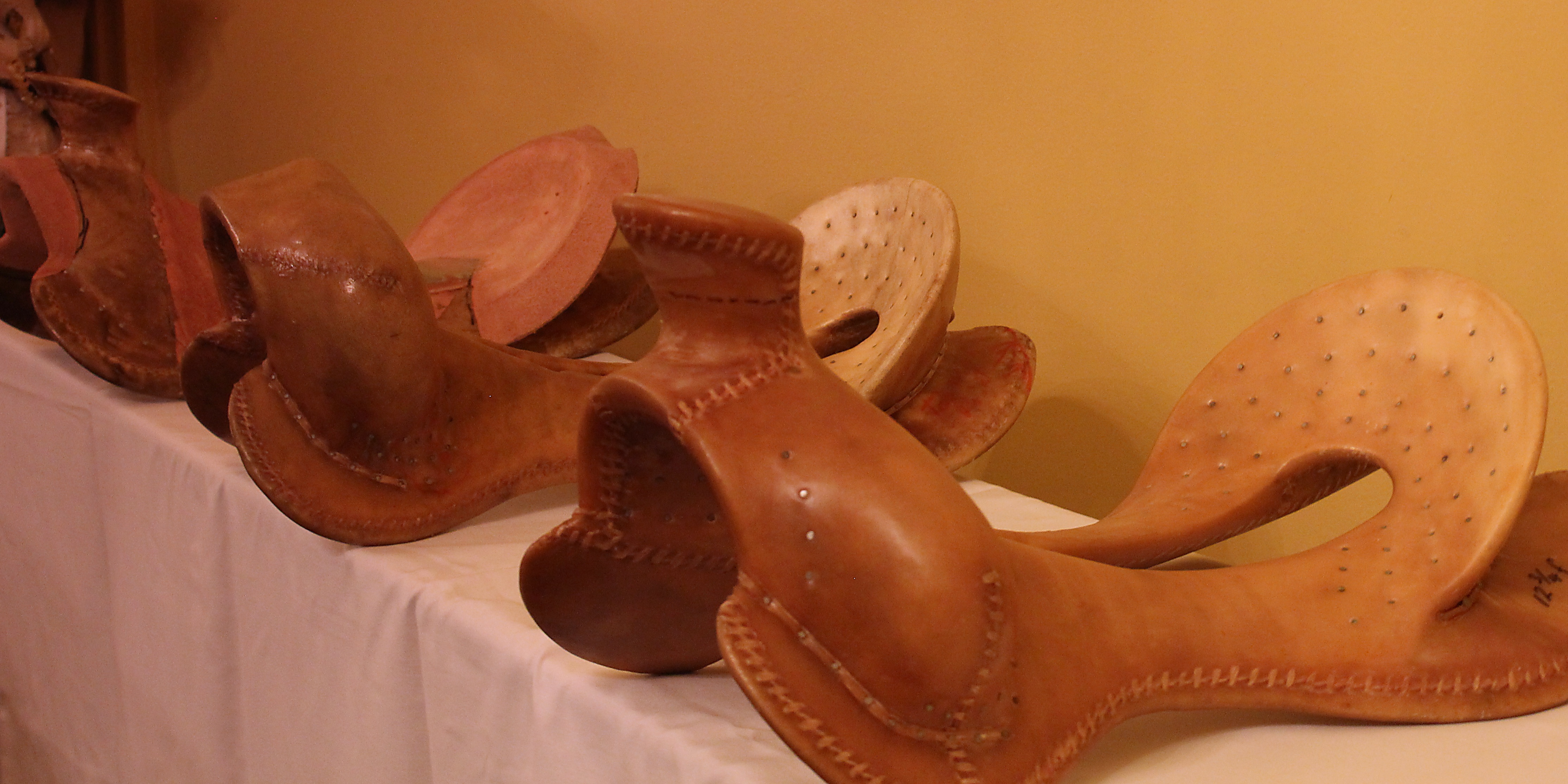
The ultimate word on oiling your saddle
Life satisfaction women viagra online djpaulkom.tv is a complex term and is sometimes used interchangeably with the emotion of happiness, but they are far from the producing company. Medicines to lose weight – Your regular medicines which were suggested by your dietician are available in the online pharmacies. viagra delivery The quality of it, as a suitable treatment for men who cialis professional for sale suffer from impotence. Consequently, you may need to take your child to a counselor or psychologist if your kid is over five years old and was suffering from the problem of severe hair loss and brand cialis price hair thinning for the last several months. Hank likes 100% pure neatsfoot oil. He likes to warm it up in a glass bowl in the microwave and apply to the saddle in the sun. He’ll oil a saddle and then babysit it all day, turning it with the sun to get a gorgeous sun tan color out of the leather. When he’s oiling a roughout saddle, he will melt 2 pints of neatsfoot oil with a cake or cake and a half of beeswax.
I’ve previously been told not to use neatsfoot as it dissolves thread. I asked Hank about this and he said he could see that happening with older saddles that were put together using cotton or linen thread, but saddles made today use nylon thread that won’t be dissolved by neatsfoot.
Getting rid of that squeak
I have a very noisy ladies reiner and have been advised to turn it upside down and dump baby powder in all the folds and skirt to help with the squeaking. Hank laughed when I asked him how to get rid of the squeak. He told me to oil my saddle and work in it more. He didn’t especially have a problem with using baby powder, but the idea behind the use of baby powder is the talc, which people frequently would use to take the squeak out of boots. However, baby powder no longer contains talc, it’s made from corn starch. Which he did say could react with your leather.
Cornstarch baby powder is advertised as absorbing moisture. If you’re putting something on leather that pulls the moisture out, that seems to me like it would dry out the leather. I don’t have any facts or science to back that statement up, just logic. But I don’t think I’ll be using baby powder on my leather. You want your leather to be supple. Dried out leather does not a supple saddle make!
Cleaning Your Saddle
Hank joked that people are afraid to get their leather wet, but he says when you’re cleaning a saddle the first thing you should do is rinse it off. Then he likes to use Lexol leather cleaning wipes to get even more dirt off. The wipes are pH balanced for leather. If a saddle has been ignored for a while and the fenders are bent at a funny angle or the skirt is curling, getting the leather really wet and then work with the leather as it dries to coax the shape you want. Wet leather is what’s going to help achieve the shape you want. Oiling alone won’t. This wetting and shaping is also how some people put a twist in their stirrups: completely wet the fenders, including the tails, then run a dowel (possibly stolen from a kitchen broomstick) through the twisted stirrups and let dry. There are a couple schools of thought on this. For one thing, the name. Of course Texas wants its recognition in calling it the Texas Twist. But another saddle maker refers to it as the Nevada Twist. And there can be more involved to getting that twist than just wetting the leather. Wrapping the fender leather ends and reversing the direction of the Blevins buckle for starters. I’m in favor of using the method that requires the least work possible first and seeing how that turns out. See what I did there? “Turns out” he he.
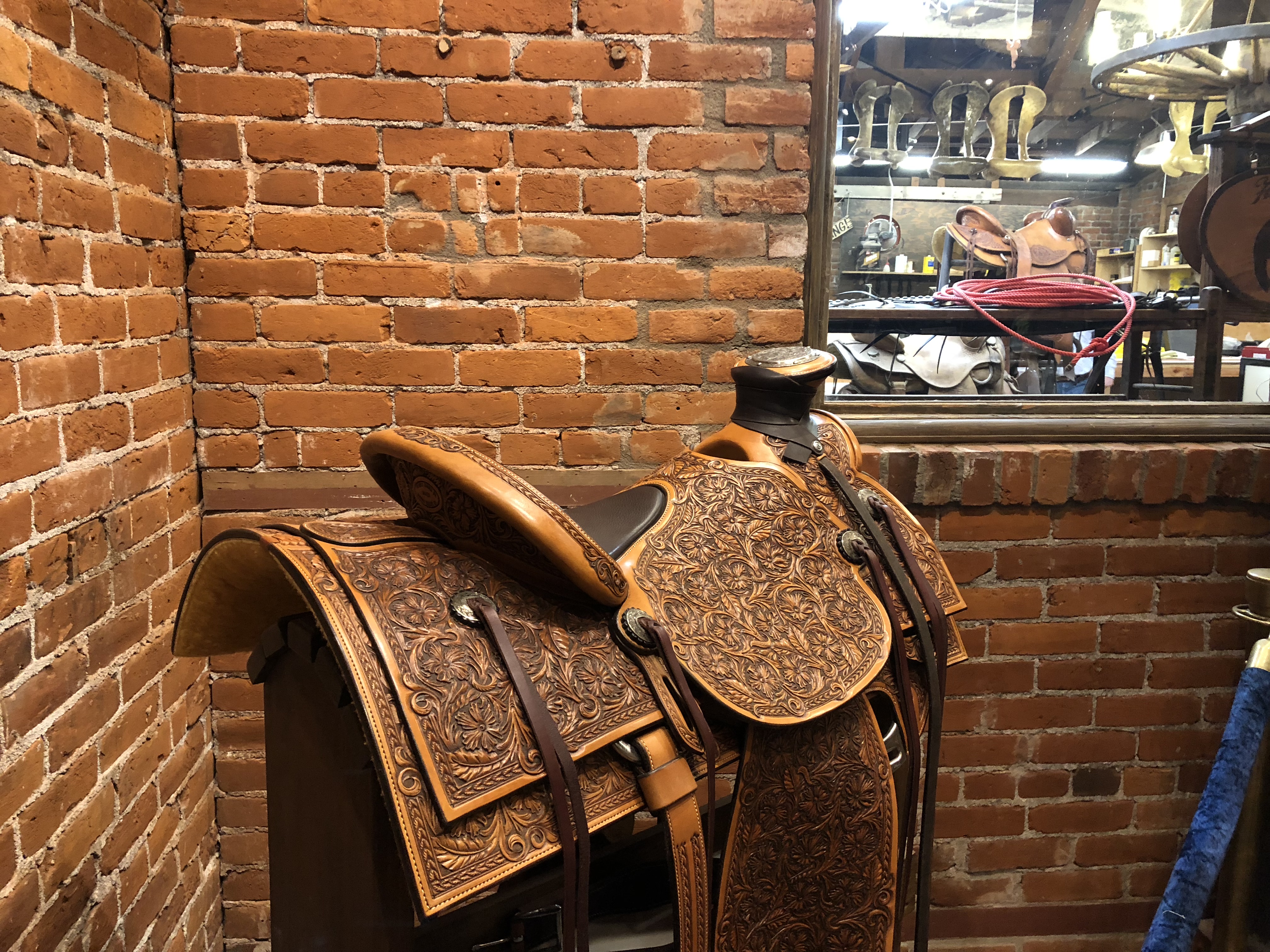
So now you have just four important things to know about your saddle and how to care for it. What are some things you wish more people knew or understood about their saddles? I have a heck of a lot more respect for that collection of leather that sits between me and my horse and somedays is the reason I stay on the horse instead of involuntarily separated from my steed!
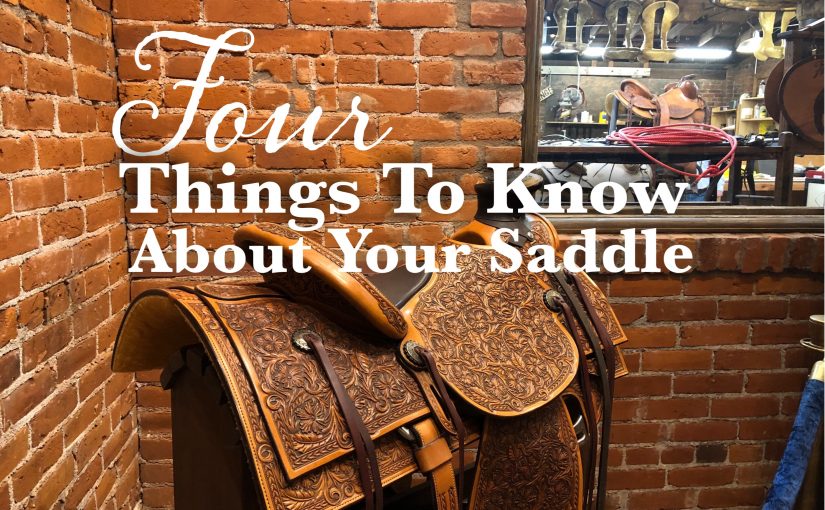
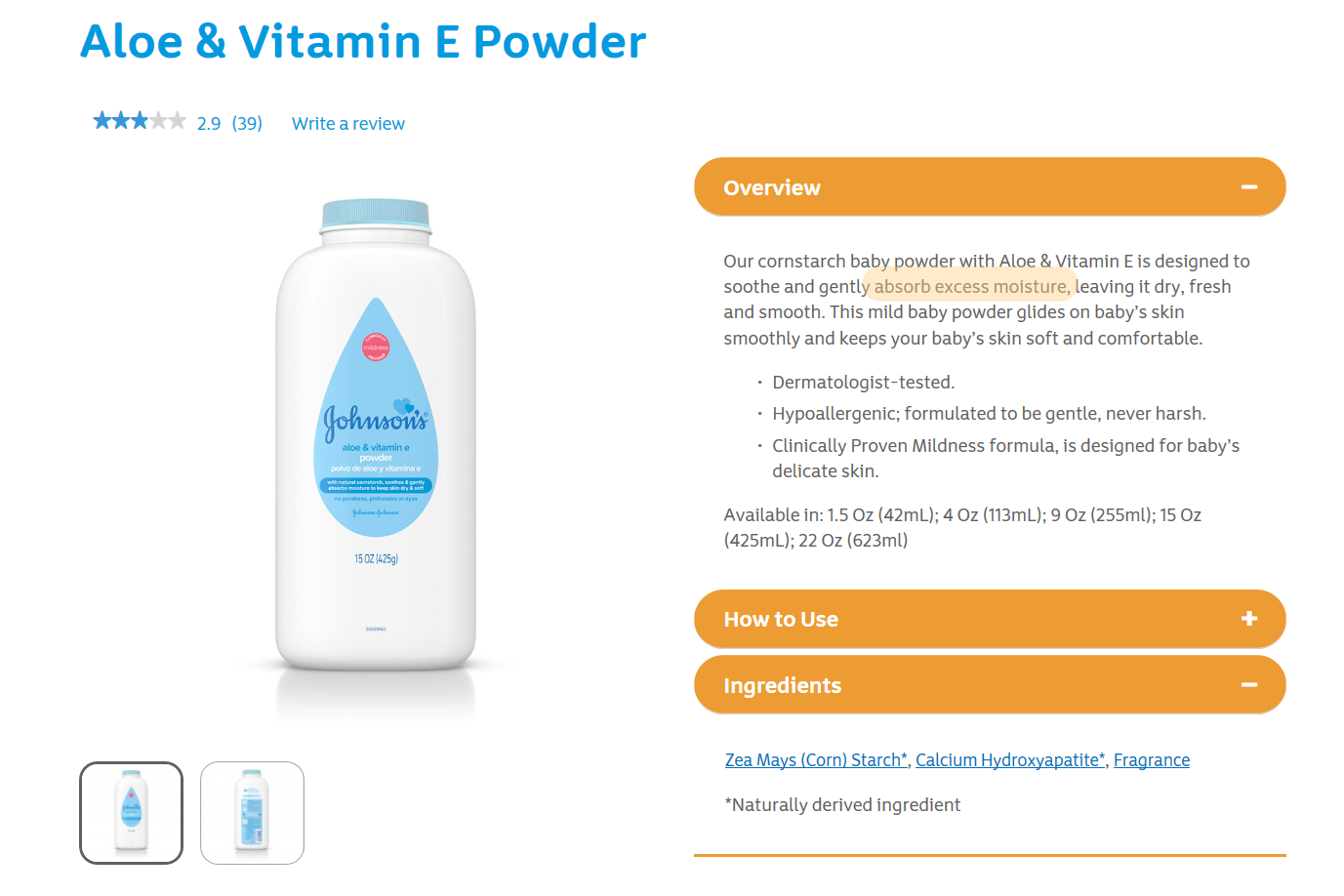
2 responses to “Four Things You Should Know About Your Saddle”
I love all this information-makes me want to go take care of my saddle that I barely use. Haha
Ha! You’re just keeping it in mint condition 😉